Palaeontology
Type of resources
Topics
Keywords
Contact for the resource
Provided by
Years
Formats
Representation types
Update frequencies
Scale
-
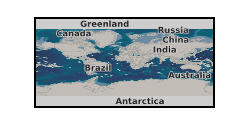
Registers dating from the 1950s listing some of the macrofossil collections held in the Geological Survey of Ireland between 1868 and 1875. They are numbered sequentially, but as they are a selection only, there are some gaps in the numbers. Numbers included are: I1-4893; K1253-4937;L319-3247;N961-3066;O4521-5000; P1-4393; R1-1270;S1978-2099; T1-500 and U1-2113.
-
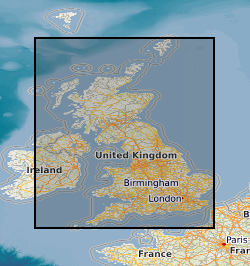
Registers of macrofossils in 127 volumes, covers the whole of the UK. Within each volume, data is arranged sequentially usually by collectors no. The data set began with the first Palaeontologist in the Geological Survey of Great Britain.
-
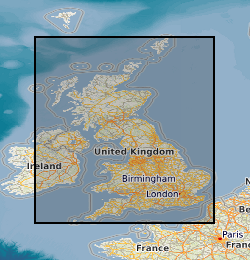
Registers of macrofossils arranged by 1" (one inch ro the mile) or 1:50 000 scale English geological sheets. Each register is numbered 1-359 and each sheet has one or more volumes. Within each volume, data is arranged by collectors symbol. This is the system used in the Leeds office (the London office had a different system- see MACROLONDON). It is this system that is currently in use.
-
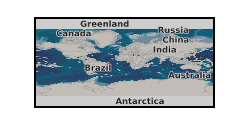
5 volumes of macrofossils illustrated in the Quaterly Journal Of The Geological Society are given identifications and locality details together with the bibliographic reference. A few are foreign, but most are from the UK. The first date given is QJGS volume 12 for 1856. Last date mentioned is 1912. Numbers used: GS1-7886; GSA1-5000; GSB1-5000; GSC1-5000;GSD1-6415. The data set is closed, but occasional modification to the registers are infrequently made to update or correct certain specimens.
-
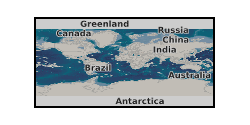
Micro CT scans and associated documents (3d files, animations, segmentation files, data files etc) of palaeontological material.
-
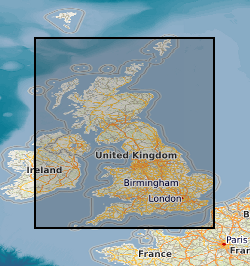
Three volumes of SAM samples (SAM1-SAM4789) exist. They represent the work of FW Anderson in the 1950s and 1960s. All samples were re-registered into other datasets. They are predominantly from the Cretaceous and Tertiary. Sample number, fossil type, locality and geological details are given, including borehole name and depth where appropriate.
-
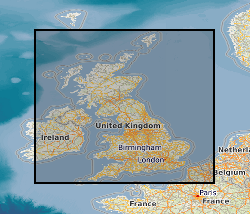
Register of microfossil analyses carried out in the Leeds and London Office during the 1970s and 1980s held in book form and in box files. They are arranged as follows: SAA 1-4409 Calcareous Microfossils onshore; SAB1-3229 Calcareous Microfossils (London) Jurassic onshore; SAC1-3247 Calcareous microfossils (Leeds) Jurassic and Cretaceous onshore; SAD1-1593 Palaeozoic microfossils onshore; SAG 1-2062 Chalk foraminifera onshore; SAY1-1888 Calcareous microfossils offshore; SAZ1-2261 Calcareous microfossils from Continental Shelf (South).
-
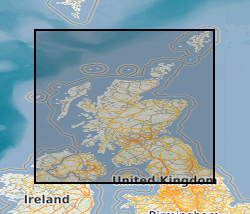
This dataset is an index of the Survey Collection of fossils for Scotland and Northern England. It is the digital equivalent of the analogue (card) index. The latter contains some 31k records, c.70% of which has been transcribed. The continually growing Survey Collection comprises about 450k samples (including nearly 30k specimens from the John Smith Collection) which are individually registered in c.150 leather bound volumes. The Oracle relational database BGS_FOSSLOC is a first step in ascertaining what registered fossil materials exist for certain areas, who collected them and when, their geographical and stratigraphical details, the type of collection (whether from boreholes or exposures), and any covering technical reports. It is also a pathway to an extensive and unique collection of paper graphic logs, some 18k of which record annotated information on fossil occurrences and assemblages at certain stratigraphical levels (particularly in the Carboniferous) in Scotland and Northern England.
-
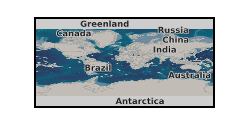
A comprehensive collection of British fossil specimens and records compiled over 150 years of palaeontological collecting and research. Also includes all associated paper data, registers, indexes of locality and storage and reports of conclusions. The specimens have variable scattered coverage mostly within the UK and Ireland but there are some overseas data. Some specimens are sited accurately to less than 1 metre, whilst some specimens have accuracies of several kilometres. Includes both locality based biostratigraphic material, plus significant type, figured and cited samples of taxonomic importance. Specimens collected by Survey geologists throughout history of Survey, with some donated specimens (e.g. the Geological Society of London Collection) predating 1835, material is still being added. The collection includes hand specimens, casts & moulds, microfossil slides & cut sections and also registers containing identifications and locality information. The specimens have various uses within biostratigraphy and taxonomy. The data have key attribute data such as locality, stratigraphic age, matrix lithology, taxonomy, etc that could be used for linking in other datasets. Access and use of the data is subject to current policies, inline with MDA's (Museum Documentation Association) Spectrum guidelines and MLA's (Museum Libraries Archives Council) Accreditation guidelines. The collection can be viewed by loan or visit, whilst copies of the associated paper data can be made available as photocopy, scan, spreadsheet, etc., subject to certain constraints and conditions.
-
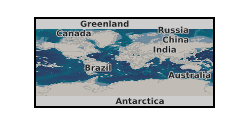
Microfossil samples submitted to the BGS biostratigraphy laboratory are currently registered using the prefix 'MPA'. Samples include rock, residues from sample preparations, and slides of mounted specimens. Rock, residues and slides from the same sample all bear the same unique identifying sample number. The numbers MPA 1 to 54400 have been used, but this grows steadily. There are currently 21 volumes of registered samples. The value added dataset comprises data for each sample held in the sample register, including collectors' symbols and numbers, 1:10k (or 6") OS quarter sheet, NGR, 1:50k (or 1") geological sheet, borehole name and depth (if relevant), locality, geological formation and report numbers. The value added dataset also includes identifications of specimens on each slide, which are listed on logging sheets and are held separately.
 BGS Data Catalogue
BGS Data Catalogue